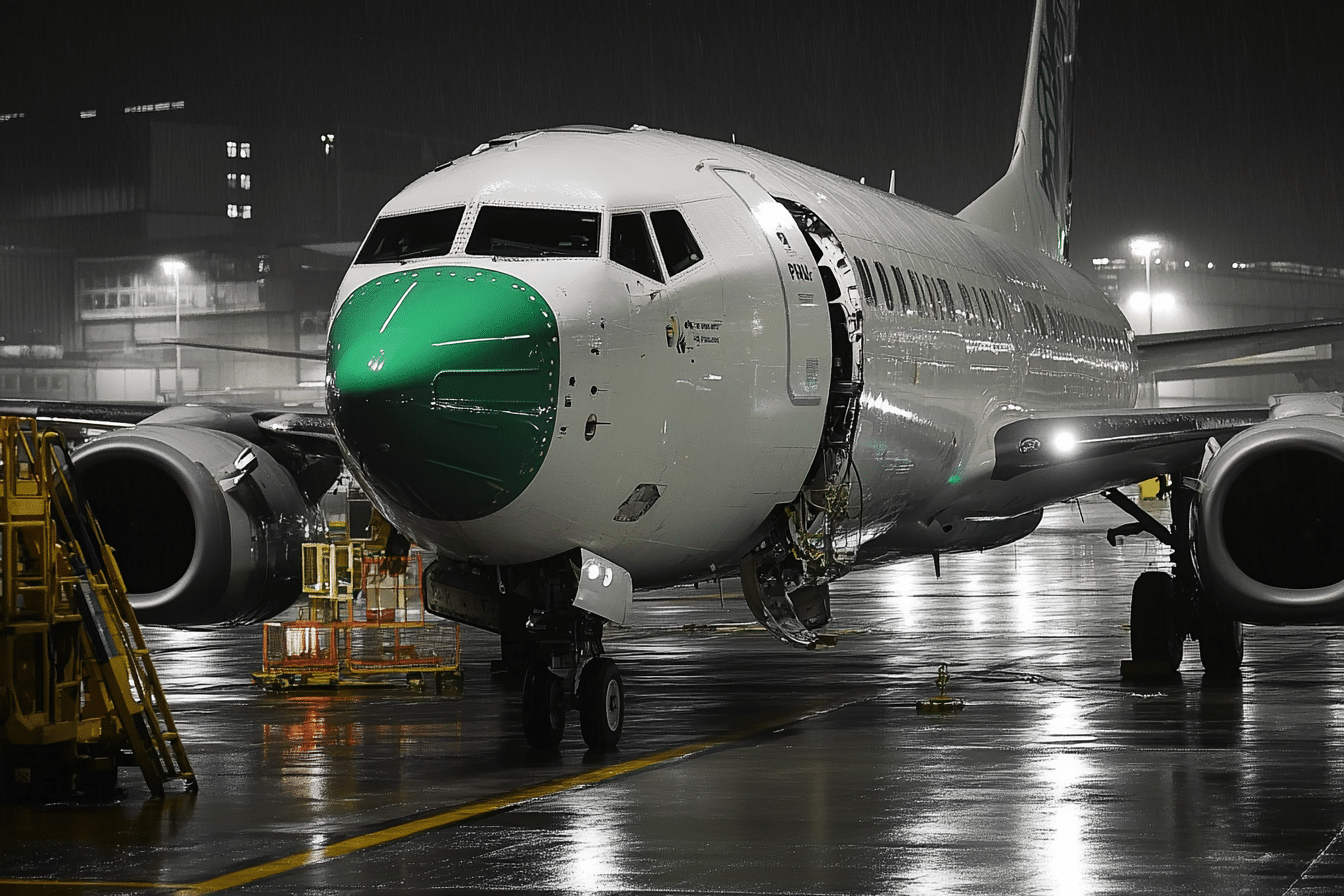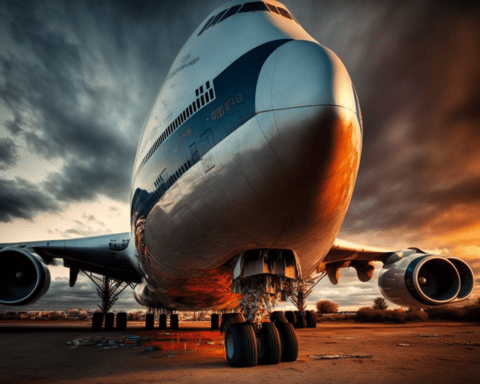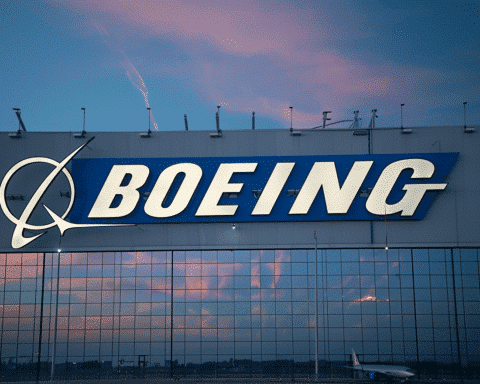A leading aerospace manufacturer, Boeing, has experienced significant disruptions due to a recent machinist strike. The company reported its lowest aircraft deliveries in October since 2020 and warned that restarting its production lines will take weeks despite workers returning to their stations.
Strike Ends, But Restarting Factories Takes Time
After a more than seven-week strike, Boeing’s 32,000 machinists are returning to work. The strike began on September 13 and was initiated after workers rejected an initial contract offering a 25% pay raise. Last week, the machinists approved a new contract with 38% pay increases over four years and additional benefits, allowing production to resume.
However, Boeing emphasized that resuming operations will not be immediate. A spokesman explained the company must “assess potential hazards, restate machinist duties and safety requirements, and ensure that all training qualifications are current.” This careful approach reflects the complexity of restarting high-stakes manufacturing operations.
October Deliveries Plummet Amid Strike Disruptions
Boeing delivered just 14 jetliners in October, marking its lowest monthly delivery count since November 2020. Nine of the deliveries were 737 Max planes, with work carried out by employees unaffected by the strike. The strike significantly disrupted the production of key models, including the 737 Max, 767, and 777.
“It’s much harder to turn this on than it is to turn it off,” Boeing CEO Kelly Ortberg noted during a quarterly earnings call. “So it’s critical that we do this right.”
Dreamliner Production Unaffected During the Strike
While most of Boeing’s operations were halted, the production of its 787 Dreamliner continued at its nonunion factory in South Carolina. This allowed the company to fulfill orders, such as handing over 10 Dreamliners to LATAM Airlines in October.
Despite the disruptions, Boeing recorded strong sales figures last month, with 63 gross orders. Among these, 40 were 737 Max 8 jets for the Avia Solutions Group, showcasing ongoing demand for Boeing’s aircraft.
Challenges and Opportunities
Boeing’s gradual return to total production highlights the difficulties of restarting complex manufacturing systems after a prolonged strike. The company remains focused on ensuring a smooth and safe transition back to normal operations in Washington state and Oregon.
While the strike paused output, Boeing’s ability to secure orders and continue Dreamliner production indicates resilience in the face of challenges. As factories begin to hum again, the manufacturer is determined to rebound stronger and meet its production goals.
Boeing’s journey to recovery demonstrates the intricate balance of addressing labor concerns and maintaining business continuity. CEO Kelly Ortberg emphasized that ensuring a safe and efficient restart is key to the company’s long-term success.




